In 2002, the NOAA Bay Watershed Education and Training (B-WET) program began in the Chesapeake Bay. Recognizing that educated communities are the key to understanding and sustaining the nation's ocean and coastal environments, NOAA developed B-WET into a national program. Since 2002, B-WET has grown to include seven regions across the country and has awarded over $149 million to support 981 B-WET projects.
B-WET has taken many strides to grow the program over the last 20-plus years of implementation. This timeline highlights significant milestones since the program’s beginning.
-
2000

The Chesapeake 2000 Agreement offsite link is signed by the states of Virginia, Maryland, Pennsylvania, the District of Columbia, the Chesapeake Bay Commission, and the U.S. Environmental Protection Agency. This agreement establishes a goal for every school student in the watershed to have a meaningful outdoor bay or stream experience before graduating from high school.
-
2001
The Chesapeake Bay Program Education Workgroup establishes the first formal definition for the Meaningful Watershed Educational Experience (MWEE). The Education Workgroup is part of the Chesapeake Bay Program offsite link, a regional partnership that leads and directs the restoration of the Chesapeake Bay. The Chesapeake Bay Program commits to continually increase students’ understanding of the watershed through participation in MWEEs.
-
2002
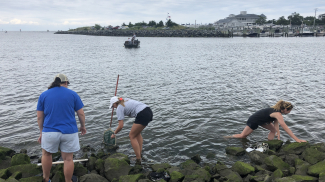
In response to direction from Congress to develop an environmental education program to support the Chesapeake 2000 Agreement, NOAA develops and implements the Bay Watershed Education and Training (B-WET) program in the Chesapeake Bay. The Chesapeake B-WET program is focused on the Chesapeake Bay watershed in the states of Maryland, Virginia, West Virginia, Pennsylvania, and the District of Columbia. The Chesapeake B-WET program awards $1.2M for 19 projects to provide outdoor learning experiences for students and related professional development for teachers throughout the Chesapeake Bay watershed. The Chesapeake B-WET program is administered by the NOAA Fisheries Chesapeake Bay Office in Annapolis, Maryland.
-
2003
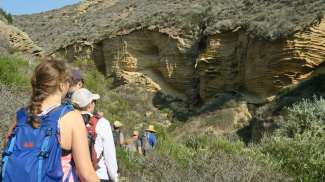
The B-WET program expands to Monterey Bay, California. The California B-WET program awards $250,000 for seven projects to bring the environment into the classroom and bring students out into the Monterey Bay watershed in a meaningful way. Shortly after, California B-WET expands to include the San Francisco Bay and Santa Barbara Channel watersheds. California B-WET awards focus on equal and equitable access to environmental education for all students in California. The California B-WET program is administered by the NOAA Office of National Marine Sanctuaries in Monterey, California.
-
2004

The NOAA B-WET program expands to Hawaii. The Hawaii B-WET program awards nearly $400,000 to support seven projects that directly implement MWEEs for students and teachers, along with applying the concept of ahupuaa (a division of land that is part of a larger traditional resource management system established by ancient Hawaiians to sustainably utilize the resources throughout the islands) and incorporating cultural knowledge. The Hawaii B-WET program is administered by the NOAA Office for Coastal Management in Honolulu, Hawaii.
-
2005
Congress establishes a national B-WET program in NOAA’s Office of Education to provide leadership, coordination, and oversight for all B-WET regional programs.
-
2007
B-WET completes an evaluation on the Chesapeake B-WET program. This evaluation assessed the effects of Chesapeake B-WET-funded projects on students’ environmental stewardship and academic achievement and teachers’ instructional practices. The results demonstrate tangible links between students’ participation in B-WET-funded MWEEs and an increase in their environmental stewardship and literacy. B-WET activities are shown to increase teachers' confidence in their ability and their intentions to implement MWEEs, as well as increasing the number of teachers implementing MWEEs with their classes.
-
2008
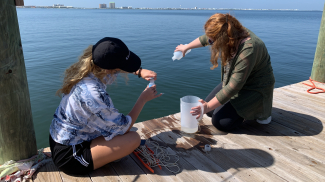
The B-WET program expands to the Gulf of Mexico region, to serve the Gulf coastal counties of Texas, Louisiana, Mississippi, Alabama, and Florida. The Gulf of Mexico B-WET program awards over $1.3M for five multi-year projects in the region. The Gulf of Mexico B-WET program is administered by the Southeast Regional Office of Fisheries in St. Petersburg, Florida.
-
2008
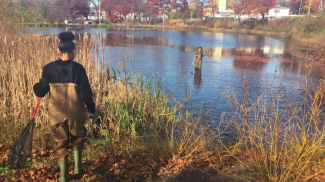
The B-WET program expands to New England to serve the states of Maine, New Hampshire, Vermont, Massachusetts, Connecticut, and Rhode Island. The New England B-WET program awards $1.1M for five projects working for up to three years in the region. The New England B-WET program is administered by the Greater Atlantic Regional Fisheries Office in Gloucester, Massachusetts.
-
2008
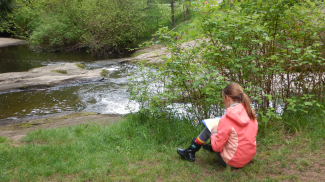
The B-WET program expands to the Pacific Northwest region to serve the states of Oregon and Washington. The Pacific Northwest B-WET program awards nearly $1M for five multi-year projects in the region. The Pacific Northwest B-WET program is administered by Olympic Coast National Marine Sanctuary in Port Angeles, Washington.
-
2009
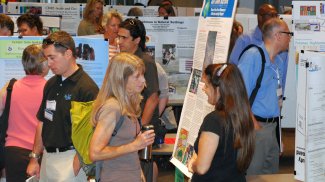
In 2009, the B-WET program convenes more than 130 grantees from across the country for the first B-WET National Conference in Silver Spring, Maryland. Grantees share experiences and information while learning more about NOAA, NOAA science, and current policy that shapes the world of environmental education.
-
2010
The National Academies publishes a review of NOAA Education offsite link. The report highlights B-WET’s regional evaluation work in the Chesapeake Bay as “the most rigorous evaluation design employed among the NOAA evaluation programs.” B-WET begins to create a cross-region evaluation system to monitor program implementation and outcomes at the national level.
-
2011
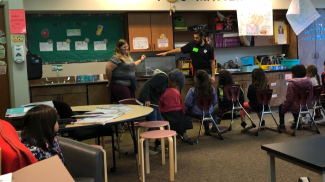
The B-WET program begins supporting systemic MWEEs in the Chesapeake Bay. Systemic MWEEs strive to reach the entire student population in one or more grades within a school district. Systemic implementation is later included as a priority in other regions, beginning in California in 2019, the Gulf of Mexico in 2020, and the Pacific Northwest in 2021.
-
2012
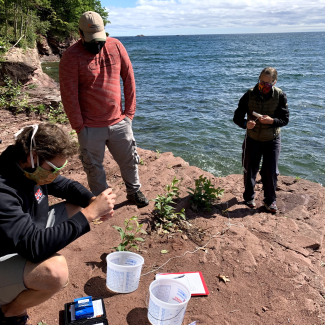
The B-WET program expands to the Great Lakes region. The Great Lakes B-WET program is established in support of the Great Lakes Restoration Initiative offsite link. The Great Lakes Restoration Initiative provides NOAA with nearly $1M to establish the Great Lakes B-WET program. The Great Lakes B-WET supports 12 awards in the region.
-
2014
All seven B-WET regions establish common criteria for a MWEE. All future B-WET applicants will be evaluated on how well they propose to meet this criteria to be considered for funding.
-
2014
B-WET begins collecting data with its national evaluation system. This cross-region, internal evaluation system monitors B-WET’s program activities and outcomes on an ongoing basis. Results of this evaluation are used to make adjustments to B-WET’s funding opportunities and activities to improve the program.
-
2014
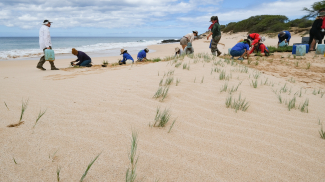
The Chesapeake Bay Program Education Workgroup revises the MWEE definition based on the environmental education research and best practices identified at their 2012 Scientific and Technical Advisory Committee workshop. The MWEE definition is updated to include essential elements and supporting practices that should contribute to student stewardship. This update informs a subsequent revision of the B-WET program MWEE definition adopted by all regions.
-
2015

The Hawaii B-WET program begins a partnership between the NOAA Office for Coastal Management and the NOAA Office of National Marine Sanctuaries to expand the role of, support for, and impact of the Hawaii B-WET program. These two NOAA offices work together to develop regional educational and environmental priorities and goals for the Pacific region.
-
2016
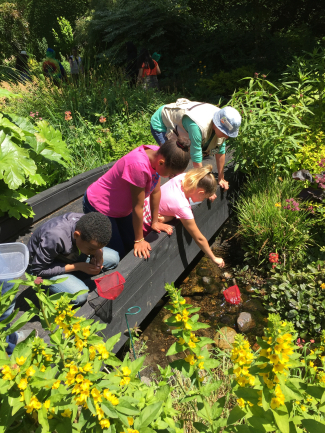
The NOAA Office of Education and the U.S. Department of Education launch a collaboration to integrate high-quality STEM programming into out-of-school time at Nita M. Lowey 21st Century Community Learning Centers (21st CCLC) program sites. This collaboration focuses on Watershed STEM Education projects by using NOAA resources and the B-WET MWEE framework for effective environmental education. This program complements B-WET’s formal K-12 programming.
-
2017
An Educator's Guide to the Meaningful Watershed Educational Experience offsite link is published. This guide is an easy-to-use manual for constructing high-quality MWEEs for all students. Originally developed by the Chesapeake B-WET program and partners, the guide was later updated and adopted for use in all B-WET regions.
-
2019
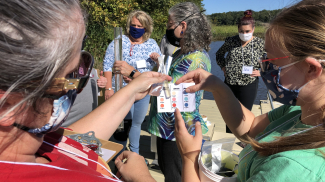
The B-WET program develops a series of resources designed to support the MWEE and support effective MWEE professional learning experiences for teachers and educators. B-WET launches the MWEE 101 online course and develops the Facilitator’s Guide to MWEE Training.
-
2019
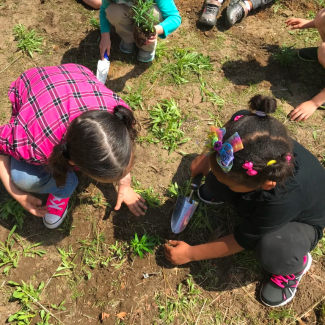
The Great Lakes B-WET program builds capacity for place-based education by identifying best practices and documenting environmental education resources in the Great Lakes region in collaboration with Great Lakes Restoration Initiative offsite link partners.
-
2020

The B-WET program recognizes that the environmental education field faces many challenges due to the COVID-19 pandemic. The program helps grantees identify and implement creative alternative approaches to in-person MWEE implementation. Funding opportunities and grant policies include flexibilities to ensure providers can adjust, adapt, and respond as the situation changes. Particular emphasis is put on serving students who are more likely to lose environmental education opportunities as a result of pandemic impacts, such as students of color and students from low-income families.
-
2021
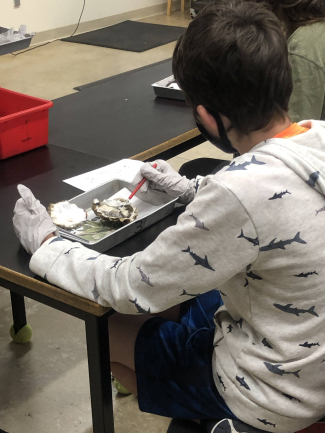
Building on climate education priorities, B-WET funding opportunities include climate change as a priority topic and strongly encouraging new applicants to include it in activities they propose. The program shares resources to help make new connections to climate change, climate literacy, climate action, community based climate solutions, and other climate education topics.
-
2022
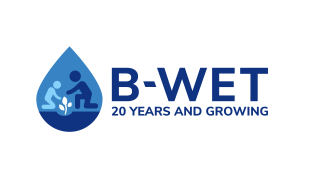
The B-WET program celebrates its 20 year anniversary and reflects on the immense growth the program has seen over the last two decades by celebrating this milestone with the theme "20 years and growing."
-
2022
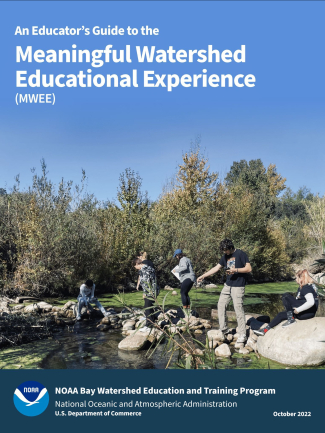
The B-WET program publishes a new national version of An Educator’s Guide to the Meaningful Watershed Educational Experience (MWEE). This version builds off of the previous version published by the Chesapeake Bay Program. This guide is designed for any educator interested in implementing environmental education activities, no matter where they are located and regardless of whether or not they have received B-WET funding.

